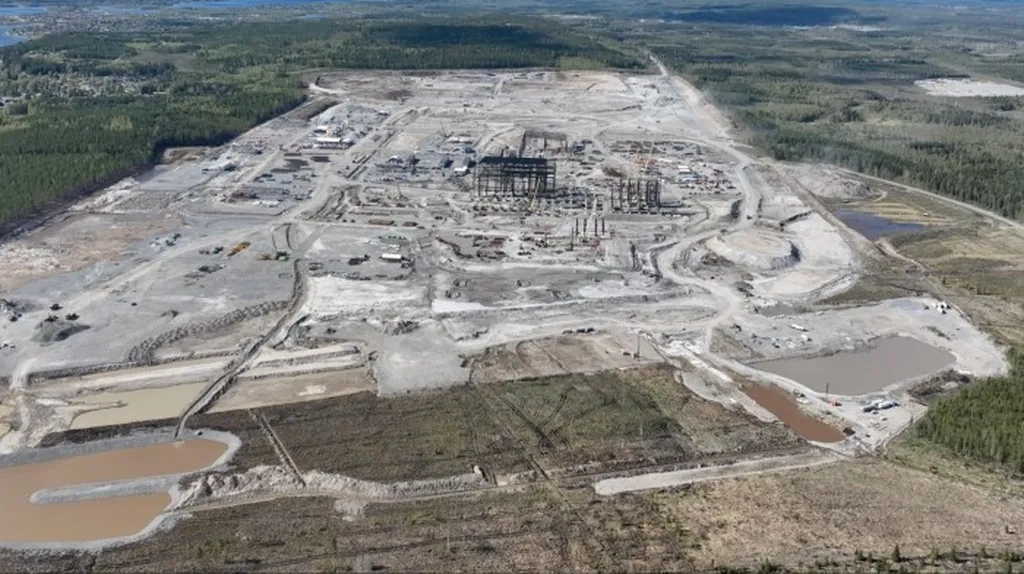In the quest to mitigate global warming, scientists are exploring innovative ways to reduce carbon emissions, and a recent study published in the journal *Nature Exploration* offers a promising avenue. The research, led by Zhenyi Yang from the School of Mechanical and Power Engineering at East China University of Science and Technology in Shanghai, focuses on integrating carbon dioxide (CO2) capture and electrochemical conversion—a process that could significantly impact the energy sector.
The study highlights that while electrochemical reduction of CO2 has been touted as a viable solution to cut net carbon emissions, most research has focused on either CO2 capture or its electrochemical conversion independently. Yang and his team argue that developing integrated systems could offer both economic and environmental benefits. “The integration of CO2 capture and conversion is still in its infancy,” Yang explains. “But the potential is enormous. By streamlining these processes, we can make carbon capture and utilization more efficient and cost-effective.”
The review covers recent advancements in integrated technologies, discussing various strategies, mechanisms, and the challenges associated with them. One of the key advantages of an integrated system is the reduction of energy loss and operational costs. However, the study also points out the drawbacks, such as the complexity of designing systems that can efficiently handle both capture and conversion.
The energy sector stands to gain significantly from these advancements. As companies increasingly look for ways to reduce their carbon footprint, integrated CO2 capture and conversion technologies could provide a scalable solution. “The energy sector is at a crossroads,” Yang notes. “We need innovative technologies that can help us transition to a low-carbon future, and integrated CO2 systems could be a game-changer.”
The study also identifies future research directions, emphasizing the need for further exploration and development in this field. “There are still many challenges to overcome,” Yang acknowledges. “But the prospects are exciting. With continued research, we can make significant strides in practical CO2 utilization.”
As the world grapples with the urgent need to reduce carbon emissions, this research offers a glimpse into a future where integrated CO2 capture and conversion technologies play a pivotal role in shaping the energy landscape. The findings could pave the way for more efficient and economically viable solutions, ultimately contributing to global efforts to combat climate change.

